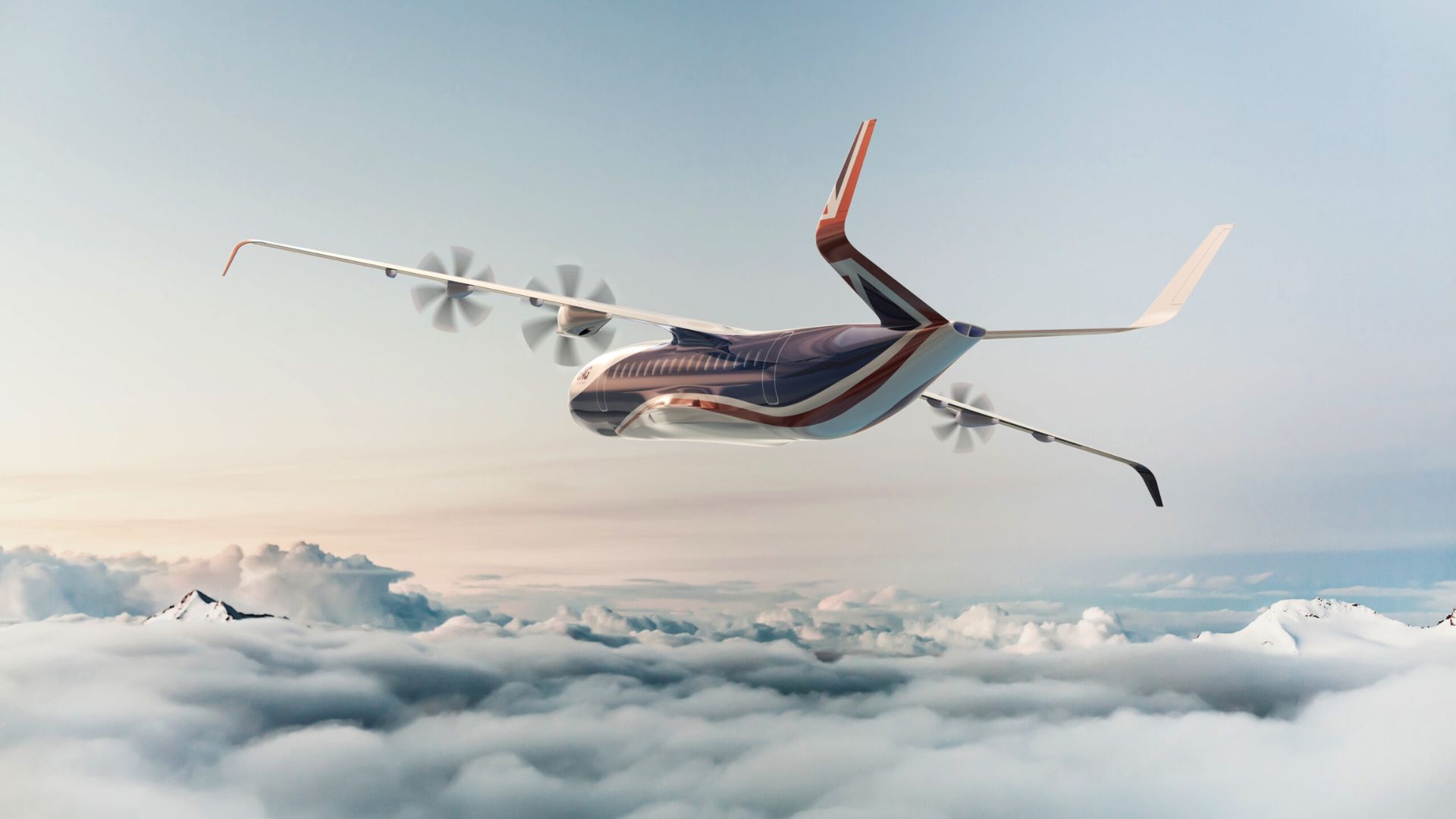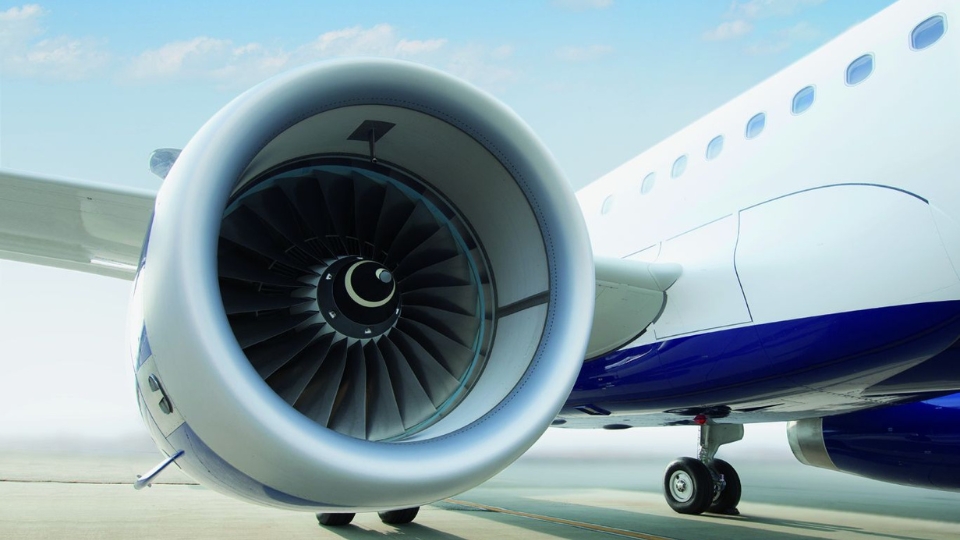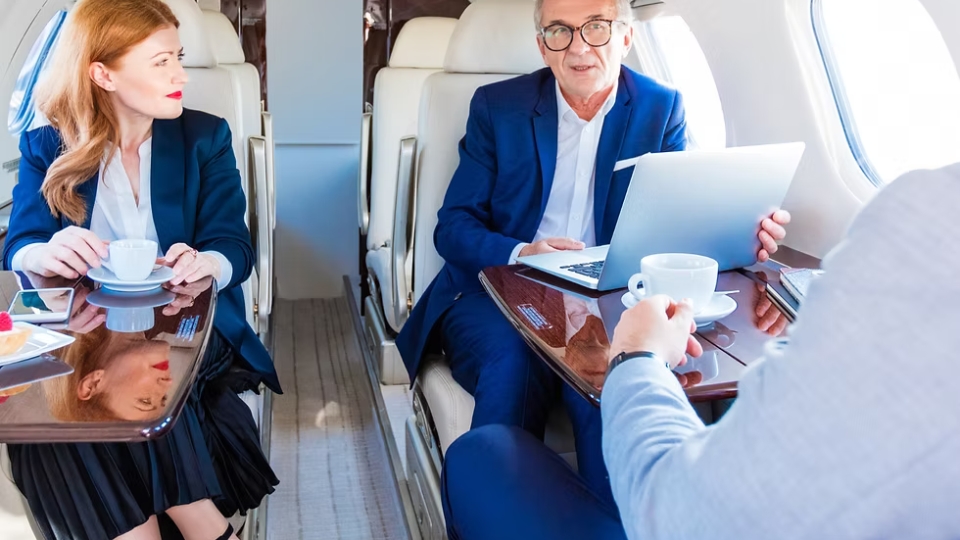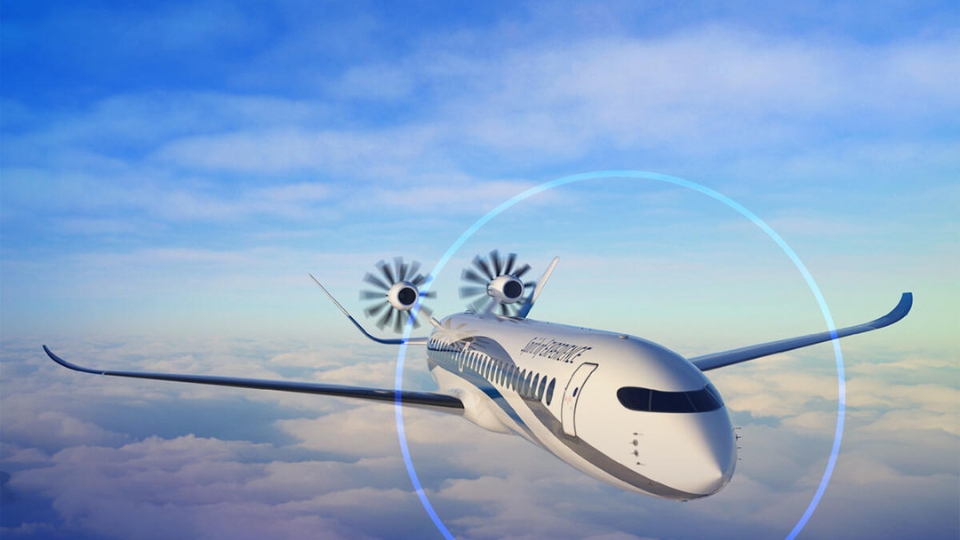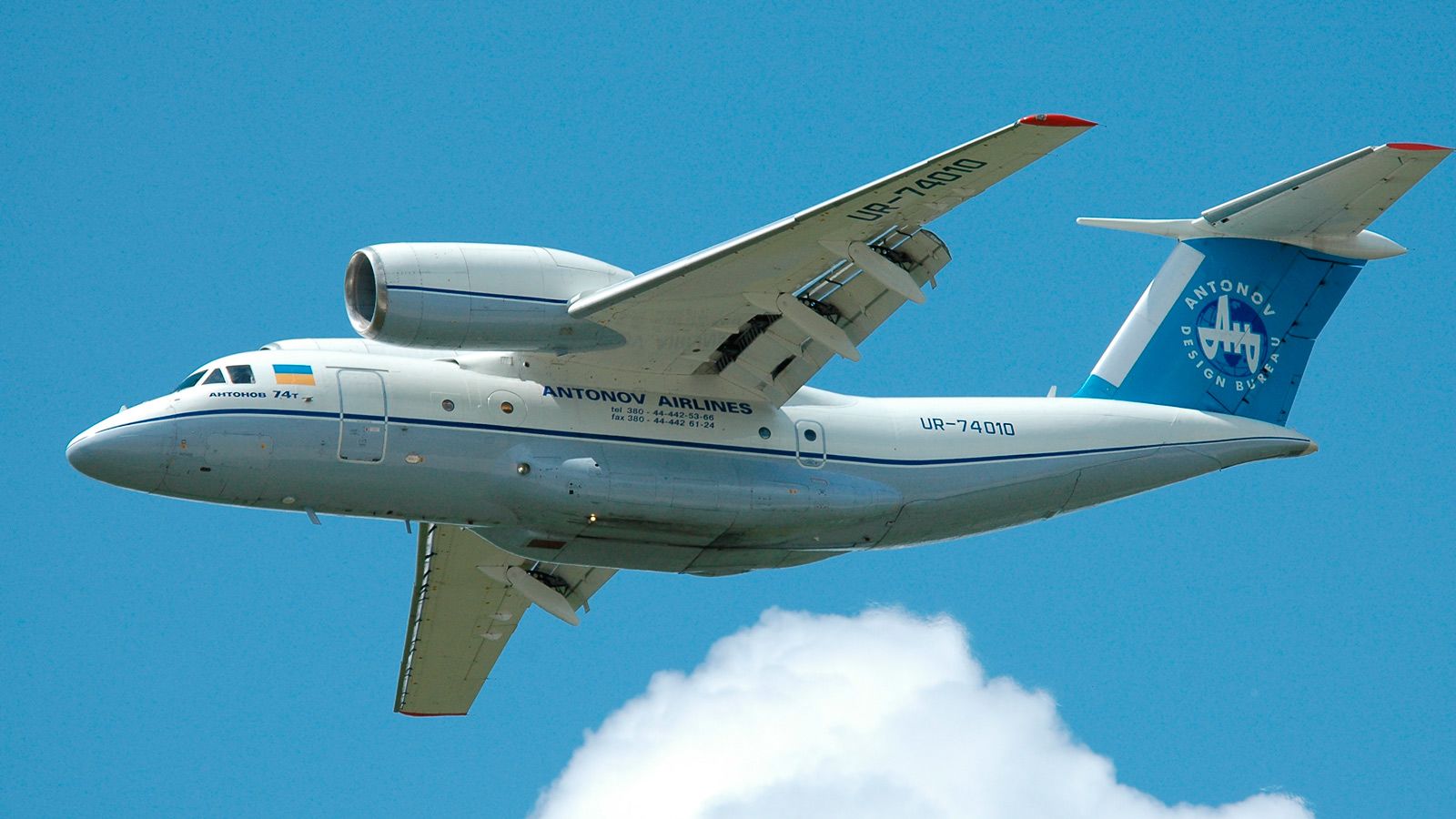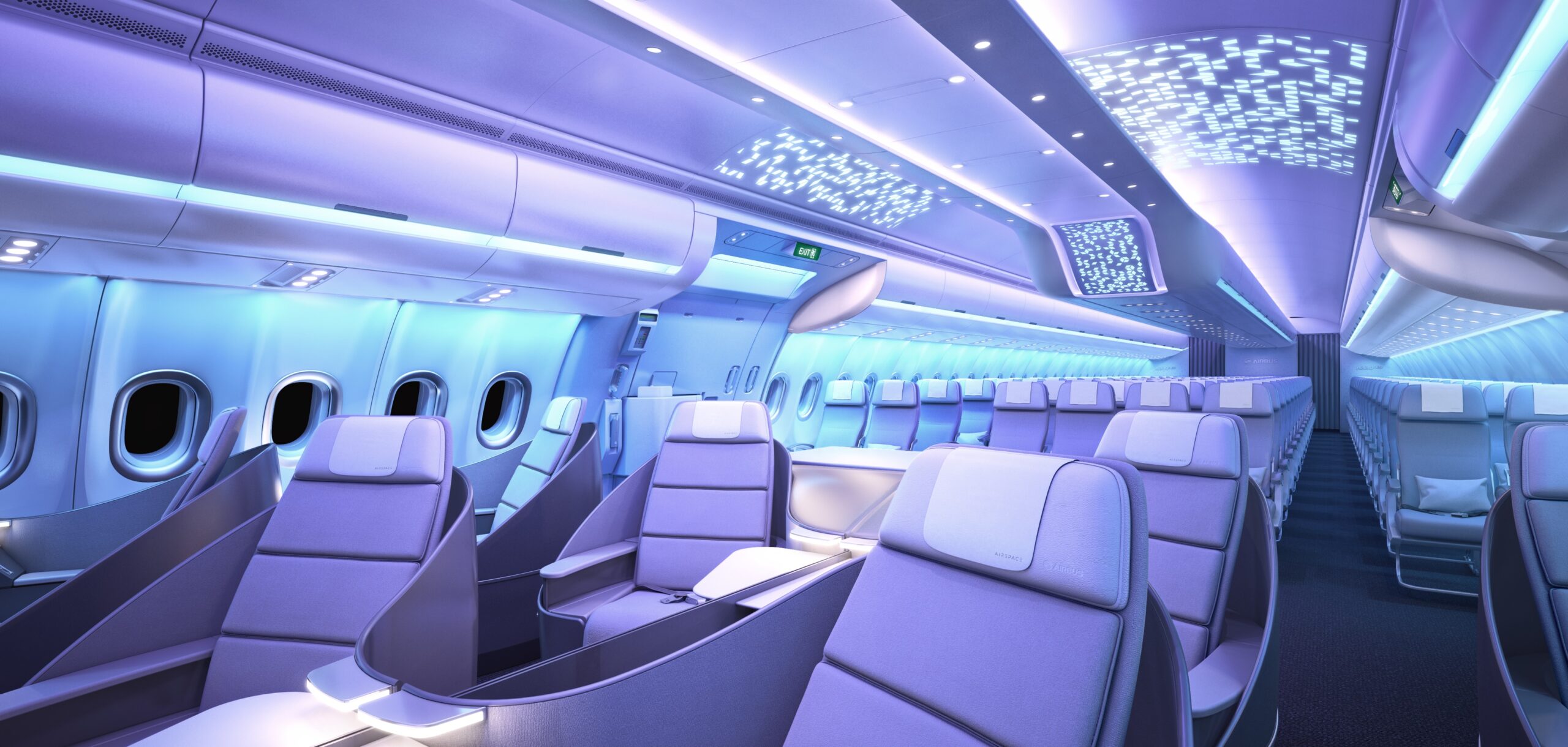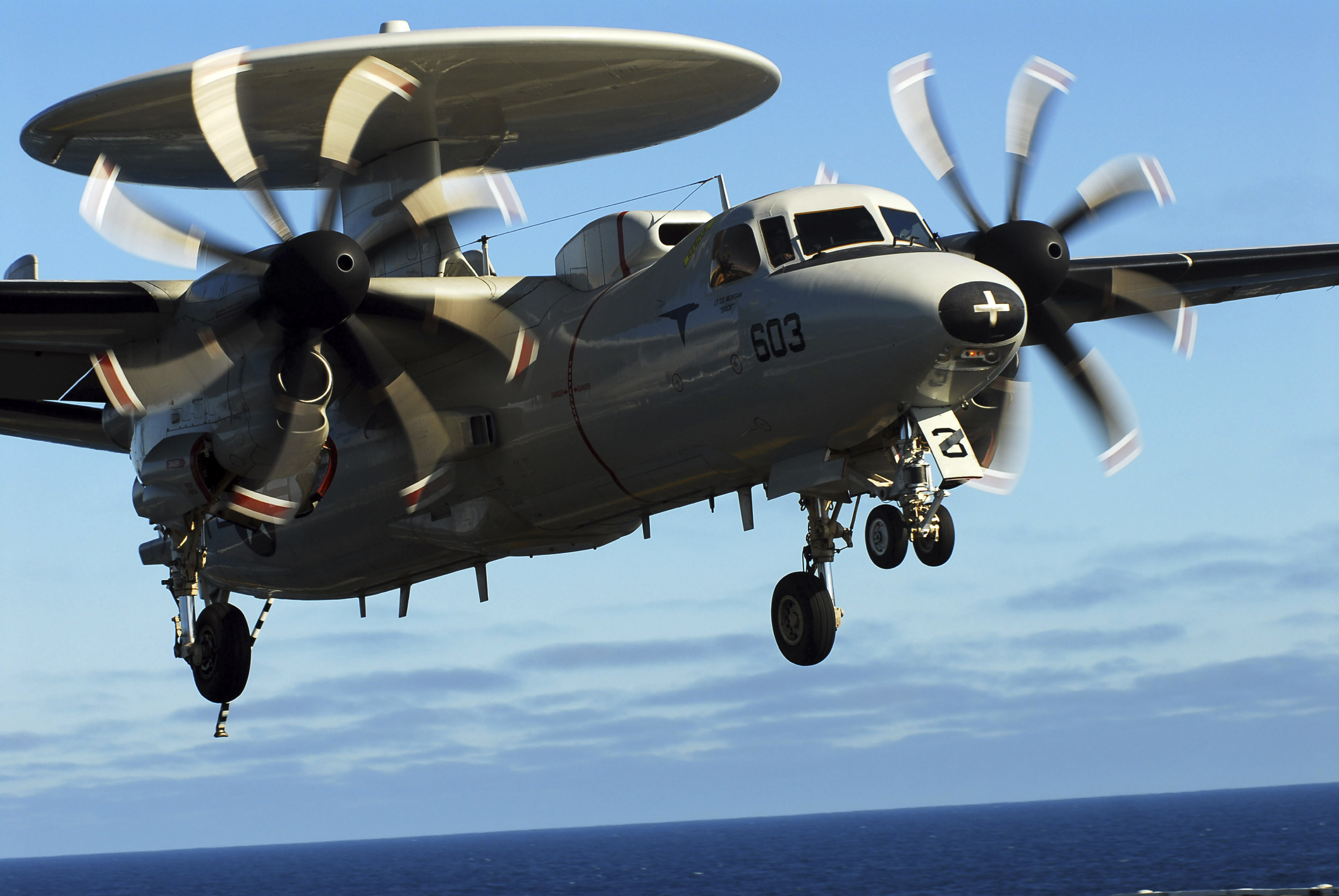The aviation industry is undergoing a profound transformation as it seeks to reduce carbon emissions and dependence on fossil fuels. Electric and hybrid aircraft represent the next frontier in aviation technology, promising cleaner skies and quieter flights. Let’s explore how these innovations are shaping the future of flight.
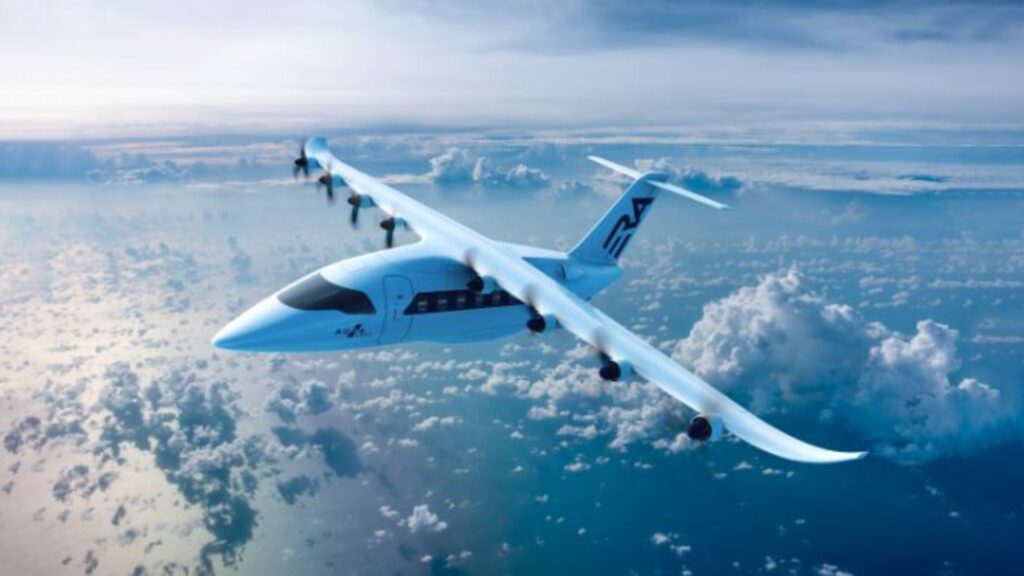
Why Electric and Hybrid?
Traditional jet engines burn large amounts of fossil fuels, contributing significantly to global greenhouse gas emissions. Airlines and manufacturers now face mounting pressure to adopt more sustainable technologies. Electric and hybrid propulsion systems offer:
-
Reduced carbon footprint
-
Lower noise pollution
-
Improved fuel efficiency
-
Potentially lower operating costs
By replacing or supplementing traditional engines with electric motors powered by batteries or hybrid systems, aircraft can dramatically cut emissions and noise, especially for short-haul flights.
How Electric and Hybrid Aircraft Work
Electric aircraft rely primarily on battery-powered electric motors to turn propellers or fans. Hybrid aircraft combine electric motors with conventional jet or turboprop engines, allowing the plane to switch between power sources or use both simultaneously for optimal efficiency.
Key technologies include:
-
Advanced battery systems: Lithium-ion and emerging solid-state batteries offer higher energy density for longer flight times.
-
Electric motors: Lightweight, powerful, and efficient motors replace or assist traditional engines.
-
Power management systems: Sophisticated electronics balance power delivery and regeneration during flight.
Together, these innovations allow for new aircraft designs that are lighter, quieter, and less polluting.
Current Progress and Examples
Several companies and projects are pushing electric and hybrid aircraft from concept to reality:
-
Pipistrel Alpha Electro: A two-seat fully electric trainer aircraft used for pilot training and short flights.
-
Eviation Alice: A 9-seat electric commuter plane aiming to revolutionize regional travel with zero emissions.
-
Airbus E-Fan X: A hybrid-electric demonstrator blending jet and electric propulsion to validate hybrid systems for commercial aviation.
-
Joby Aviation and Lilium: Focused on electric vertical takeoff and landing (eVTOL) aircraft designed for urban air mobility.
These projects demonstrate increasing viability and investment in electric aviation technologies.
Challenges to Overcome
Despite exciting advances, electric and hybrid aviation face several hurdles:
-
Battery energy density: Current batteries limit range and payload capacity compared to jet fuel.
-
Charging infrastructure: Airports and operators need facilities to charge or swap batteries efficiently.
-
Certification and safety: New propulsion systems require rigorous testing and regulatory approval.
-
Economic viability: High development costs and uncertain operational savings slow widespread adoption.
Researchers and engineers continue to innovate, aiming to overcome these barriers through better materials, improved aerodynamics, and scalable production methods.
Environmental and Economic Impact
Electric and hybrid aircraft promise a significant reduction in aviation’s environmental impact, cutting CO₂ and NOx emissions, reducing noise pollution near airports, and aligning with global climate goals.
Economically, these aircraft could lower operating costs over time due to reduced fuel consumption and maintenance needs. This shift may also open new markets for regional and urban air mobility, making air travel more accessible and sustainable.
The Road Ahead
The next decade will be critical for electric and hybrid aviation. We can expect:
-
Continued investment in battery and motor technology.
-
Expanded flight testing and certification programs.
-
Emergence of hybrid aircraft for regional and short-haul routes.
-
Growth in eVTOL aircraft for urban air mobility and air taxis.
-
Increasing collaboration between manufacturers, airlines, regulators, and energy providers.
As these technologies mature, electric and hybrid aircraft will play a key role in the aviation industry’s carbon-neutral future.
Conclusion
Electric and hybrid aircraft are not just a distant dream—they are actively reshaping the future of flight. By harnessing cutting-edge technology, the aviation industry is poised to make air travel cleaner, quieter, and more efficient. While challenges remain, the path toward sustainable skies is clearer than ever, promising exciting innovations in the years ahead.

